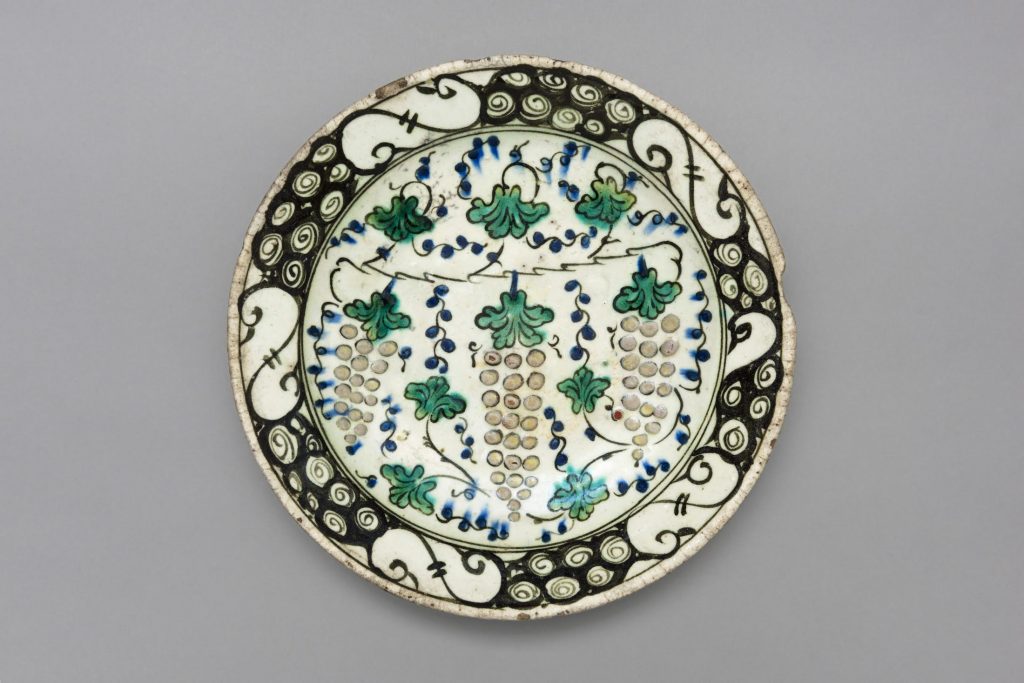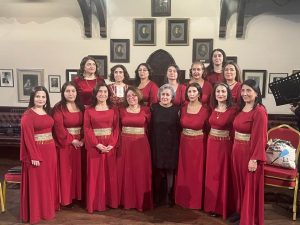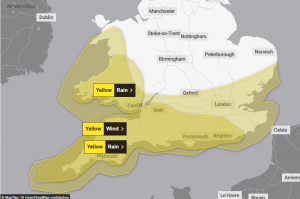Exploring William Morris’s Fascination with Islamic Art and the Ottoman Empire
An upcoming exhibition at the William Morris Gallery, running from November 9, 2024, to March 9, 2025, will delve into Morris’s profound appreciation for Islamic art, including notable influences from the Ottoman Empire.
Renowned as a leader of the Arts and Crafts Movement, Morris’s contributions to 19th-century British design are widely celebrated, yet his engagement with Islamic art has remained underexplored. Curated by Rowan Bain and Qaisra M. Khan the William Morris & Art from the Islamic World exhibition aims to fill that gap, showcasing over 60 artefacts, including Morris’s own designs and the Islamic art pieces that inspired him, from Turkish ceramics to Persian textiles.

William Morris’s funeral pall, velvet hanging (çatma), © Birmingham Museums Trust
Speaking to Londra Gazete, Bain and Khan explained Morris deep connection with Islamic Art despite never travelling outside of Europe. “Morris encountered Islamic Art through the art market in London and Paris, as well as friends’ and museum collections. He first started collecting in the 1870s, although we don’t know exactly when, his enthusiasm reflected a wider interest in Islamic Art in the late Victorian period in Britain. His library contained books on the Middle East, including books on poetry and literature. As a designer, Morris’s interest in Islamic Art was stimulated by his study of technique and decorative pattern, which he greatly admired.”
The tulip which is known as Ottoman Empires national symbol is seen within his patterns we asked the curators if where was a direct connection . “The tulip was one of Morris’s favourite flowers, and many of his own designs feature these flowers. He owned Ottoman Iznik ceramics and textiles, which feature the Ottoman tulip. Elements of Turkish design are reflected in his design of Wild Tulip wallpaper, and Medway textile. He wrote about his preference for smaller wild tulips, which are similar to the Ottoman tulip, as opposed to the hybrid versions we are familiar with today.”

Medway, 1885, © William Morris Gallery, London Borough of Waltham Forest
One remarkable item in the exhibition is a velvet Ottoman çatma hanging, which Morris treasured. Explaining just how personal of the piece “Morris owned a number of Ottoman velvets (çatma), including a hanging from the seventeenth century. This beautiful textile became especially famous because it was used as the pall on Morris’s coffin at his funeral on 6 October 1896. A fact published in newspapers of the day. The choice of this textile, over perhaps one of his own designs, shows its significance for Morris and his family.”
This exhibition also sheds light William Morris’s daughter saying “May Morris (William’s daughter) particularly admired Turkish embroidery, of one object (an embroidered towel) she says: ‘nothing daintier can be imagined than this rich and heavy decoration shining among the floating folds of light and delicate muslin’…”
The exhibition is being held at the William Morris Gallery, Lloyd Park, and Forest Rd, London E17 4PP from November 9, 2024-March 9, 2025 Tuesday to Sunday and is free to visit.

© William Morris Gallery, London Borough of Waltham Forest









